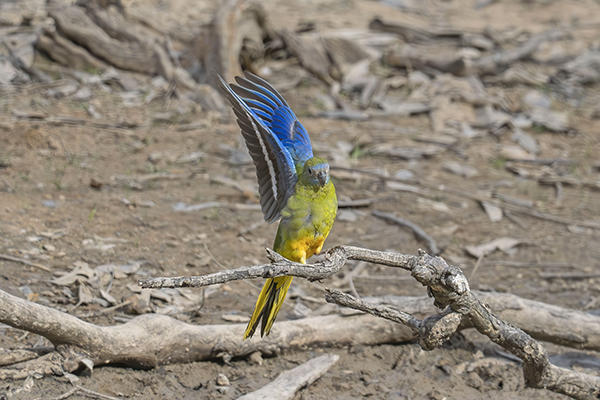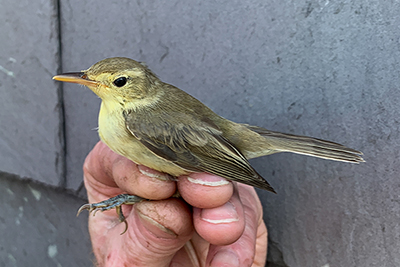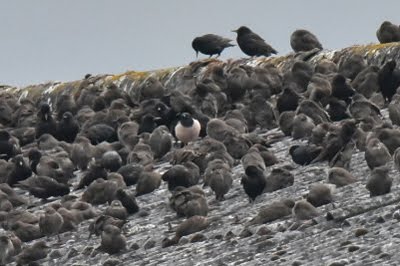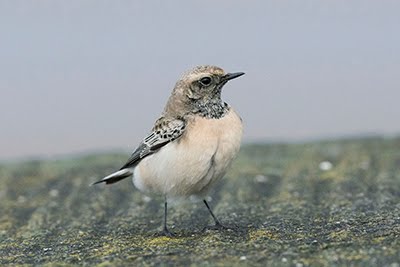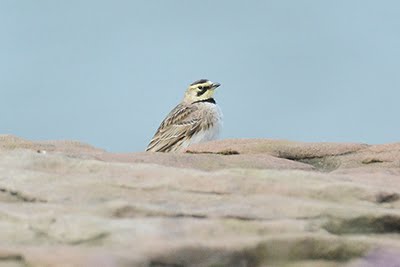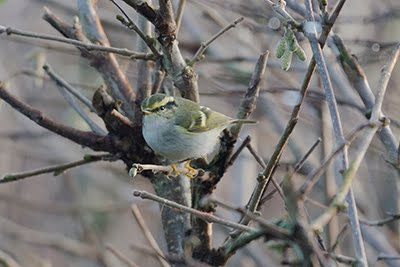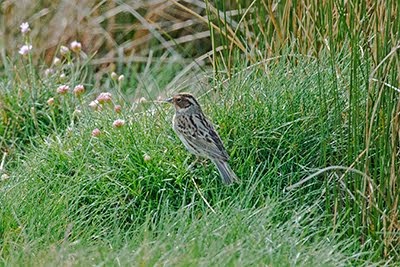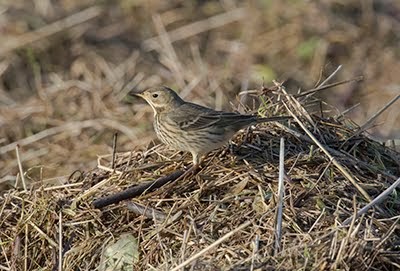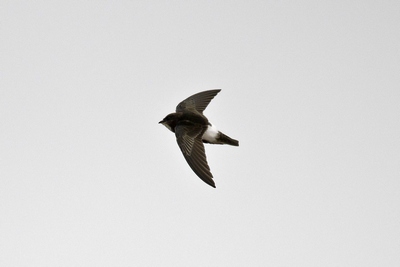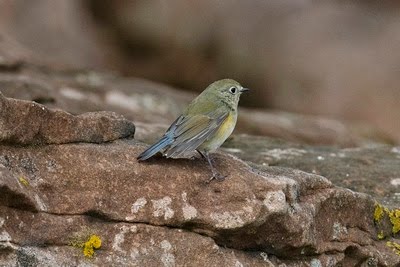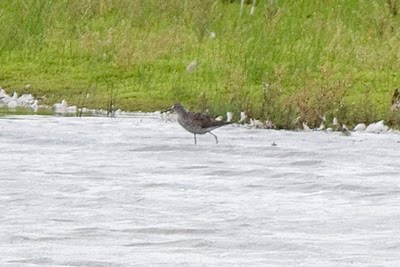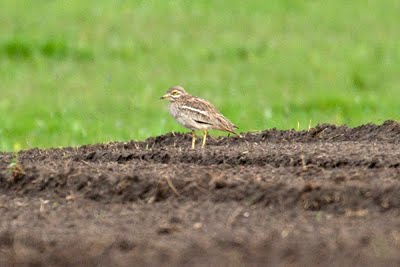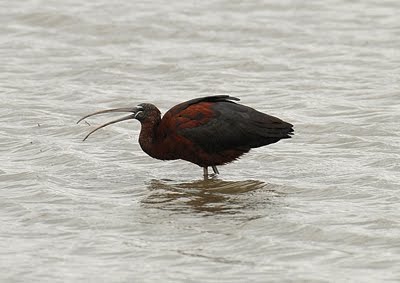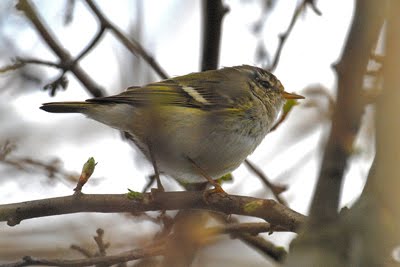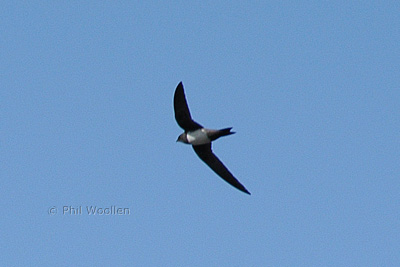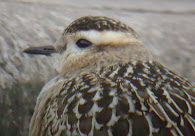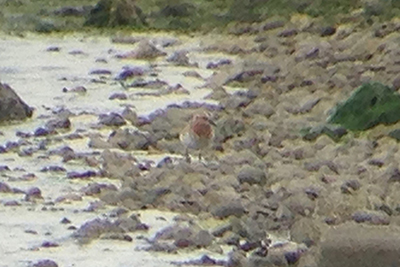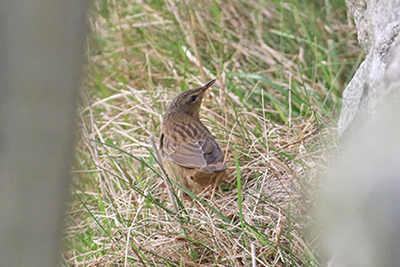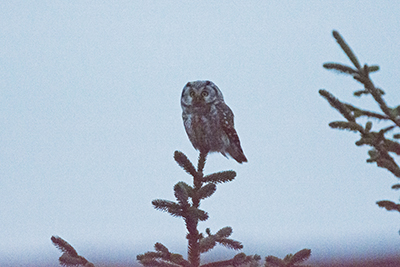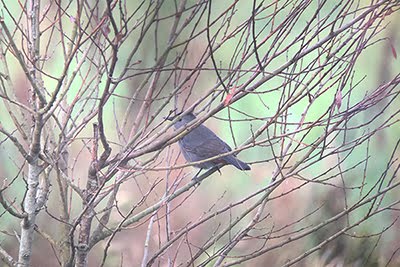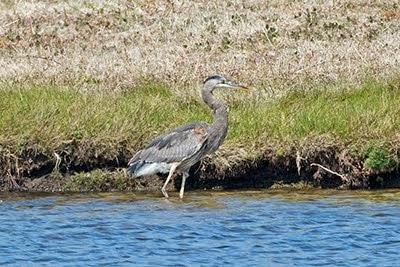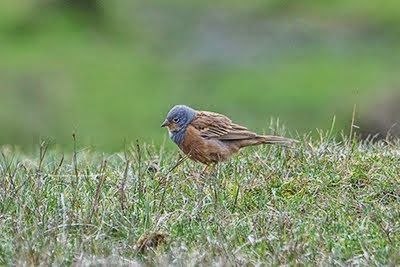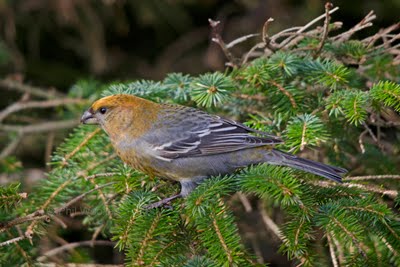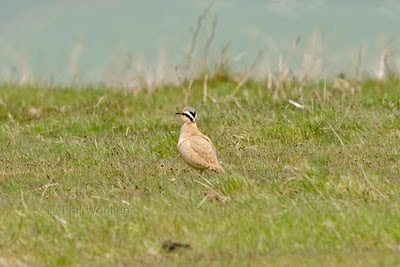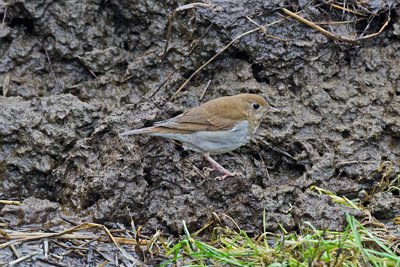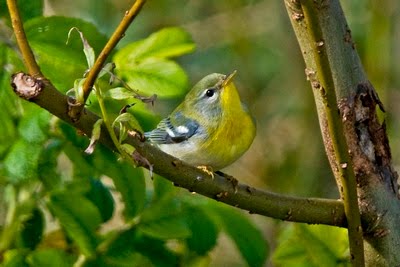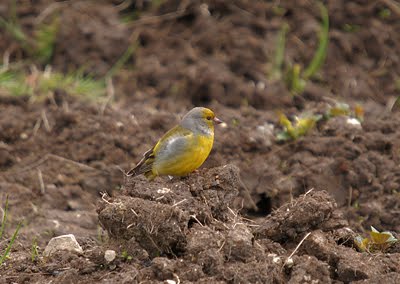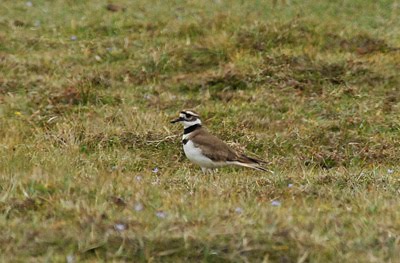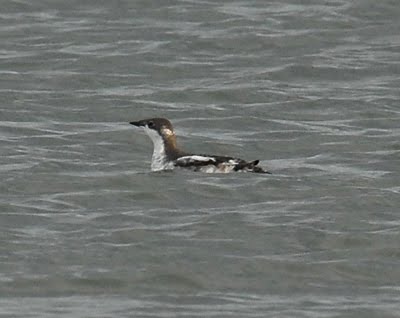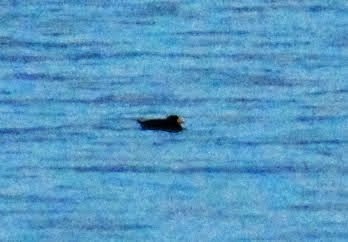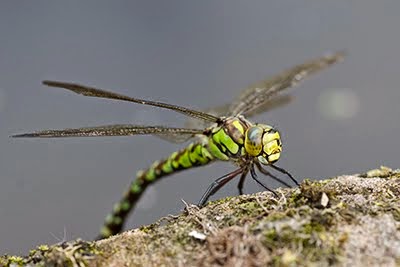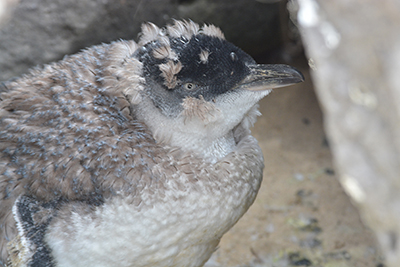Australia has a beautiful variety of colourful robins. In the area our daughter lives in I've seen Hooded, Flame, Scarlet, Red-capped & Eastern Yellow. I've seen Pink Robin down near Melbourne but Rose Robin has become a bit of a nemesis. I've seen one before but a long time ago and I didn't manage a photo. I can't even remember where it was exactly! Somewhere along the Yarra outside of Melbourne.
Since I've been here (and weeks before we arrived!) I'd been checking eBird sightings in local areas and there were two local sightings of Rose Robin. One was in the area of the dam that has been attracting all the parrots & honeyeaters and another at a site called "Honeyeater Picnic Area'. Both only a few minutes drive away.
I made an effort at the dam, after having my fill of Turquoise and Swift parrots, and spent several hours in the area where they'd been seen but with no success. Seeing a report of one being seen the previous day at the picnic area I decided to give that ago.
For the first hour I hardly saw anything but I did stumble across my first live Wombat. Two blundered out the long grass in front of me and went towards their burrow,. One disappeared but the other stayed long enough for me to climb inot a nearby tree to get a photo where the animal wasn't obscured by grass. I've seen lots of dead ones along various roads but this was the first live one! Someone likened hitting a Wombat in a car as like hitting a barrel full of cement.
Next on the marsupial list was a Swamp Wallaby. A species I've seen regularly. Again I didn't spot it until it started crashing away from me through the undergrowth.
Circling the dam a couple of times I picked up a Turquoise Parrot high up in the canopy on call and there was a Little Pied Cormorant drying itself in a tree whilst an Australasian Grebe swam in the open water. All nice to see but not what I'd come for.
Returning to the car I pondered my next move and decided to follow a dry gully away from the dam that had quite a bit of vegetation around it. I'd been listening to calls of Rose Robin and suddenly heard one in the distance. I couldn't find it! I thought I'd found it when I saw a robin-like silhouette ahead of me but it turned out to be a female Scarlet Robin. Then the male appeared!
 |
| Scarlet Robin male |
 |
| Scarlet Robin female |
What a stunning little bird and I couldn't resist spending the time I had left photographing them as they proved remarkable tame. I'd stumbled into a small area with quite a few species feeding. An unusual call had me looking up and finding a Varied Sitella - a bit like a cross between a Nuthatch and the American Black and White Warbler.
A group of Buff-rumped Thornbills and Spotted Pardalote's were feeding around me and a female type Golden Whistler was feeding in some low shrubs.
 |
| Buff-rumped Thornbill |
A good couple of hours but still no Rose Robin!
A couple of days later I got a message from one of the local birders that he and a mate were going back to the dam early afternoon and would I be free to join them. As it happened I was planning another trip anyway so we agreed to meet up. The dam was pretty quiet but probably because its fame had spread and there were lots of people there. Hearing that the Pink Robins had been seen nearby again recently we took a wander down the track. A few minutes of searching and there it was. A Rose Robin calling. John spotted it high in the canopy first before it flew towards us calling. Still staying high it gave good views through the binoculars and I even managed a couple of useable photos.


What a great little bird. They're known to be hard to catch up with as they do prefer sticking high up in trees. I was more than happy with the views we had and came away feeling rather smug that I was the only one that managed to get a photo. If it wasnt for John and Tony though I'd probably not have seen it.























































